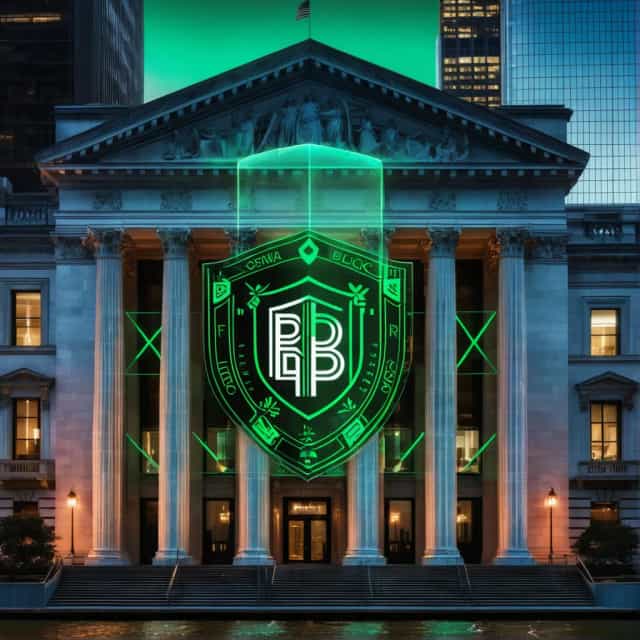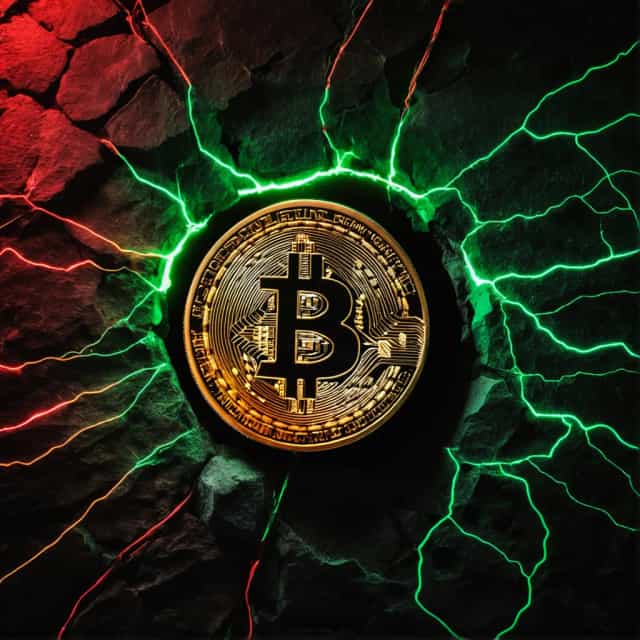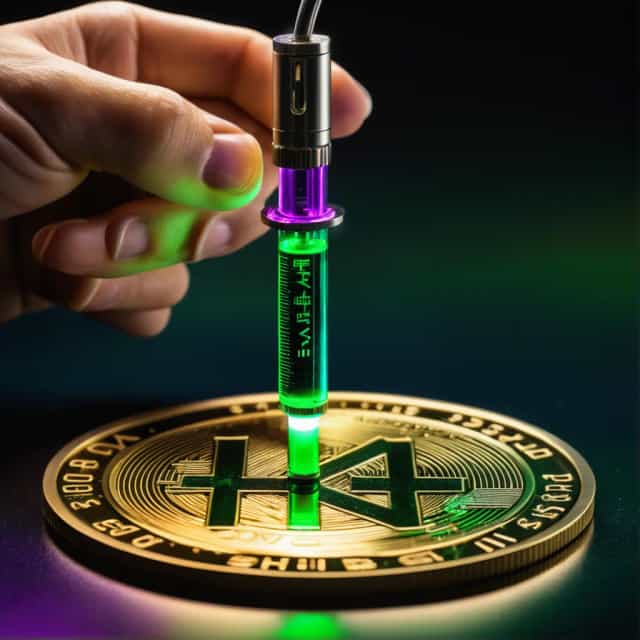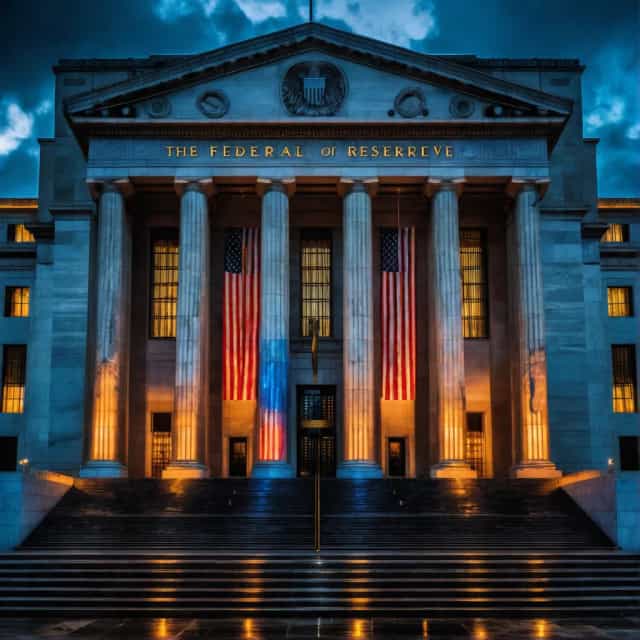
Image source: Block Media
The Tokenized Real-World Asset Market Exceeds $300 Billion: U.S. Treasuries and Stablecoins Lead the Charge
The tokenized real-world asset (RWA) market has skyrocketed in growth, expanding by an impressive 224% since early 2024 to surpass $300 billion in total valuation. This burgeoning sector, driven by a blend of financial instruments such as U.S. Treasuries, corporate bonds, credit, equities, institutional funds, and commodities, is reshaping access to traditional financial markets. Central to this transformation is the dominance of U.S. dollar-pegged stablecoins, which remain the cornerstone of RWA tokenization, according to a detailed report released collaboratively by blockchain analytics firm Dune and tokenized asset data aggregator RWA.xyz.
Tokenization is revolutionizing access to historically exclusive institutional-grade assets, democratizing investment opportunities for both retail and individual investors. Enhanced by permissionless blockchain frameworks and multi-chain interoperability, the RWA sector has become a fundamental pillar within decentralized finance (DeFi). Tokenized assets now serve as vital instruments, functioning as collateral, yield-optimized tools, and tradeable assets within DeFi ecosystems. Prominent examples include syrupUSDC from Maple Finance, Centrifuge’s deRWA wrapper, and Aave’s Horizon RWA Market.
U.S. Treasuries: The Epicenter of Tokenization Growth
Tokenized U.S. Treasuries are emerging as flagship examples of market adoption within the sector. The report highlights their fast-growing popularity, attributing it to benefits such as stable yields, institutional-level trust, round-the-clock liquidity, and collateral utility—advantages that position tokenized treasuries as compelling alternatives to stablecoins. With a current total volume of $7.37 billion, tokenized treasuries serve as a foundational element in on-chain financial ecosystems.
Demand is also rising for other high-yield asset classes like long-term bonds, private credit, and equities, reflecting a shift toward improving risk-adjusted returns among investors. As tokenization reduces barriers for entry into these markets, its appeal to both institutional and retail participants continues to grow.
Stablecoins: Dominating the RWA Market
Stablecoins indisputably lead the RWA landscape, accounting for approximately $280 billion—equivalent to 94% of tokenized assets globally. The evolving role of stablecoins in the market is significant, with the development of yield-generating stablecoins and the integration of real-world assets into reserve frameworks blurring lines between these instruments and other tokenized assets.
Beyond stablecoins, private credit holds a strong position, valued at $15.9 billion, while commodities make up $2.4 billion and institutional funds total $1.7 billion in asset tokenization. Within the commodity segment, tokenized gold leads adoption, though agricultural and energy assets are slowly gaining footholds as the market diversifies. This dynamic highlights the scope for future growth across a variety of asset categories.
Ethereum and Protocols Supporting Tokenized Asset Expansion
Ethereum remains the dominant blockchain for institutional tokenization of real-world assets, hosting 56% of the global stablecoin supply and 30.9% of tokenized assets. Other high-performing protocols include Polygon, which supports 62% of global bond tokenization, alongside emerging platforms such as Arbitrum, Solana, and Plum, each gaining ground in facilitating asset tokenization.
Dedicated RWA-specific protocols are also flourishing as they drive adoption at scale. ONDO Protocol has positioned itself as a leader in the space, reporting $141 million in issuance and redemption volumes within the first week of its launch. Similarly, Ostium—a leverage-based tokenized assets platform—has achieved an impressive $17 billion in cumulative trading volume, underscoring its rapid growth trajectory and ability to meet market demands.
Growing Interest in Commodities and Private Credit
The diversification of the tokenized asset landscape extends into commodities and private credit markets. Gold continues to dominate tokenized commodities, but an expanding range of agricultural and energy-related assets are contributing to the sector’s growth. Tokenization of private credit has also surged, reaching a valuation of $15.9 billion, highlighting increasing investor interest in alternative, non-traditional asset classes.
This expansion demonstrates how blockchain technology is enabling the seamless incorporation of traditional financial instruments into innovative models that reduce barriers, improve efficiency, and unlock new opportunities for market participants.
Transforming Global Capital Markets
The rapid rise of the tokenized asset market underscores the intersection of decentralized blockchain infrastructure with conventional investment frameworks. As regulatory clarity improves, institutional adoption deepens, and use cases continue to evolve, the tokenization trend shows no signs of slowing down. With its ability to reshape traditional capital market landscapes, the sector is primed for sustained growth, paving the way for more inclusive and efficient global financial systems.










